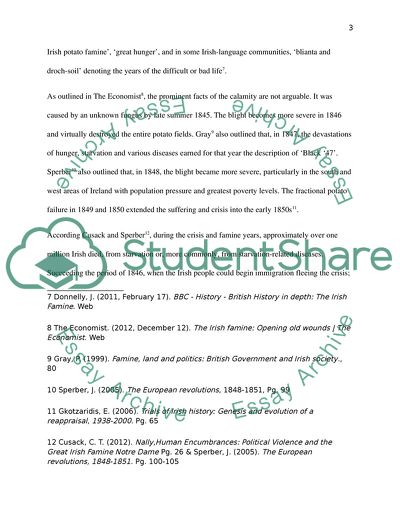Cite this document
(British Governments Reaction to the Great Irish Famine After 1845 Essay, n.d.)
British Governments Reaction to the Great Irish Famine After 1845 Essay. https://studentshare.org/history/1848556-assess-the-british-governments-reaction-to-the-great-irish-famine-after-1845
British Governments Reaction to the Great Irish Famine After 1845 Essay. https://studentshare.org/history/1848556-assess-the-british-governments-reaction-to-the-great-irish-famine-after-1845
(British Governments Reaction to the Great Irish Famine After 1845 Essay)
British Governments Reaction to the Great Irish Famine After 1845 Essay. https://studentshare.org/history/1848556-assess-the-british-governments-reaction-to-the-great-irish-famine-after-1845.
British Governments Reaction to the Great Irish Famine After 1845 Essay. https://studentshare.org/history/1848556-assess-the-british-governments-reaction-to-the-great-irish-famine-after-1845.
“British Governments Reaction to the Great Irish Famine After 1845 Essay”. https://studentshare.org/history/1848556-assess-the-british-governments-reaction-to-the-great-irish-famine-after-1845.


